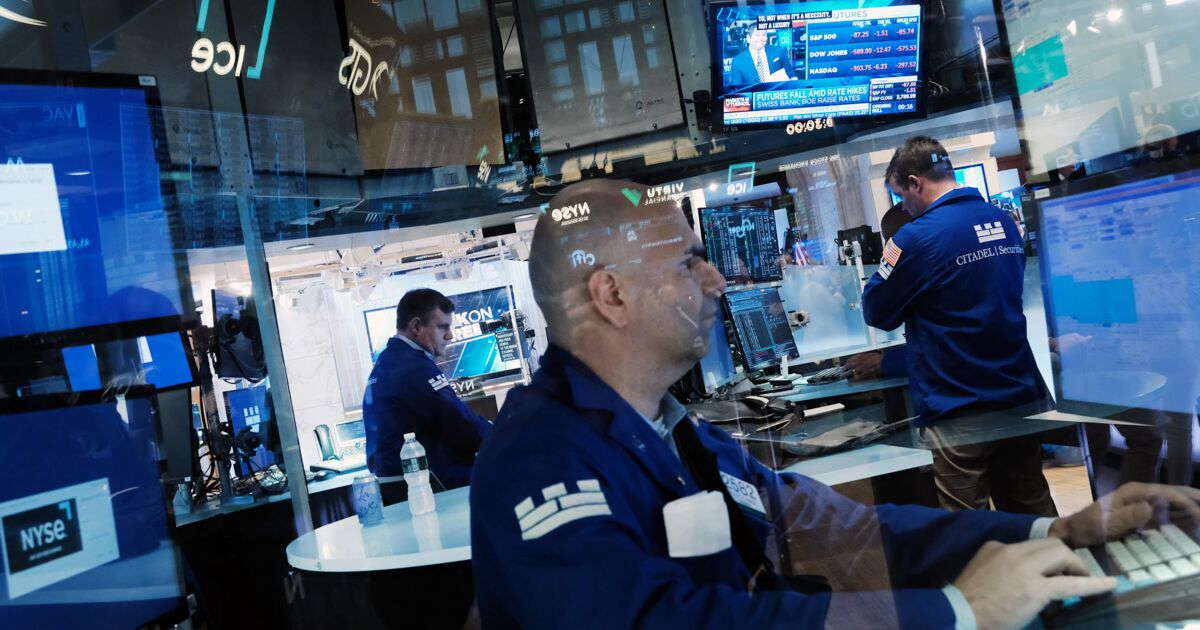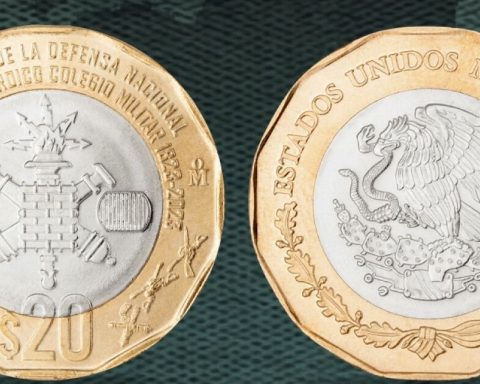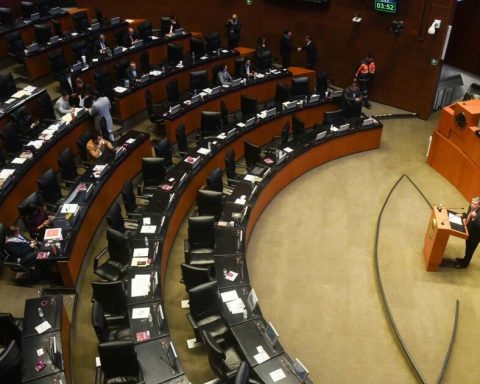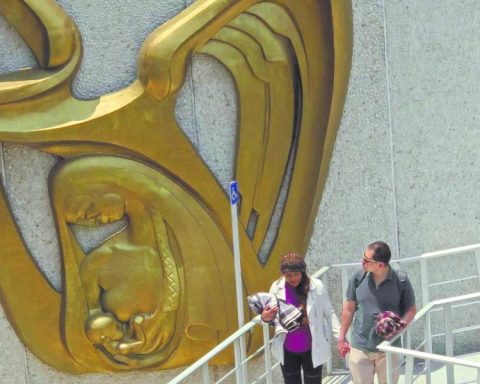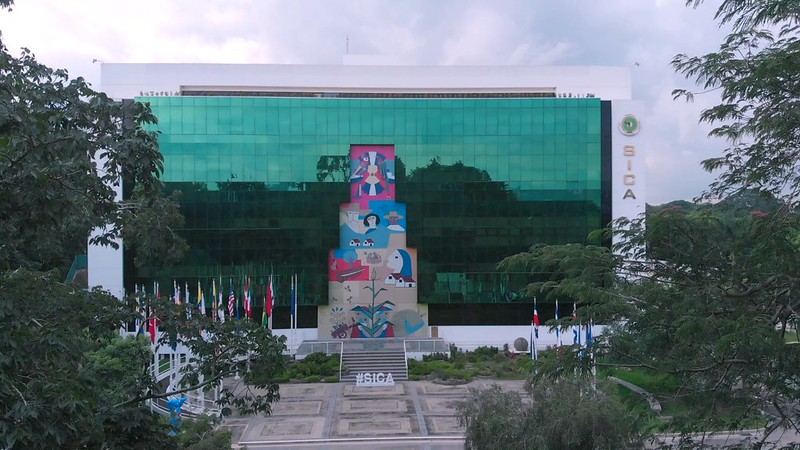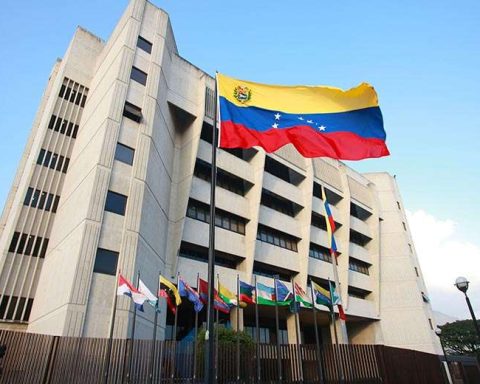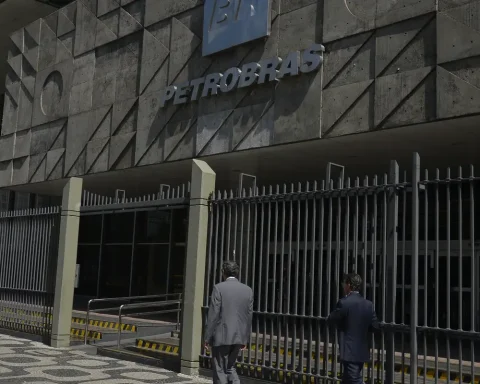“If we look at the main elements of GDP in the last quarter (when activity contracted), they were solid in terms of consumer spending,” he said. “The labor market remains solid” and growth continues, added the counselor, for whom the weakness in the first quarter was due to reduced exports.
The Gross Domestic Product (GDP) of the United States contracted by 1.5% in the first quarter at an annual rate.
In the comparison with the first quarter of 2021, the GDP registered an expansion of 3.5%.
“Today, the economic data still looks relatively healthy,” said Thomas Barkin, president of the Richmond Fed branch, in a speech in that city.
Barkin also called for the current situation to be relativized by stressing that the imbalance between supply and demand is the product of the reactivation after the pandemic.
According to the leader, the return to normality will not necessarily go through a recession, even if that risk exists.
“I don’t think a recession is inevitable,” Treasury Secretary Janet Yellen told ABC over the weekend. Yellen admitted that she expects “the economy to slow down.”
An economy is considered to enter a recession when there are two consecutive quarters of contraction in gross domestic product.
The successive increases in interest rates by the Federal Reserve make planning in the United States the hypothesis of an eventual slowdown in the economy.
“We anticipate a mild recession in the coming months, with persistent inflation forcing further tightening of monetary policy,” Gregory Daco, chief economist at EY-Parthenon, said in a note published on Tuesday.
